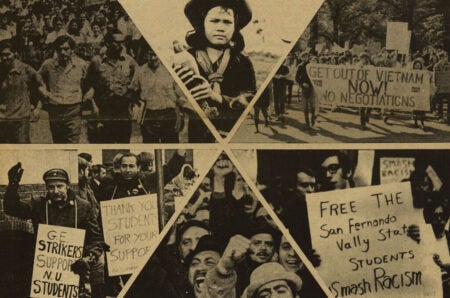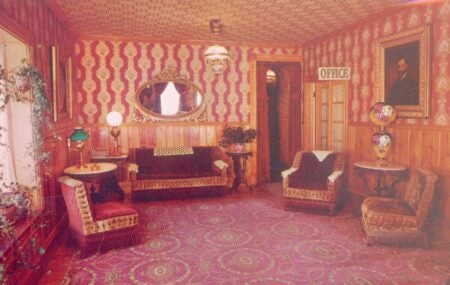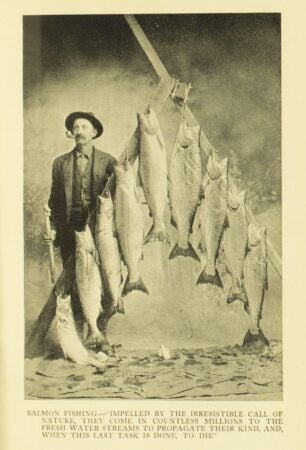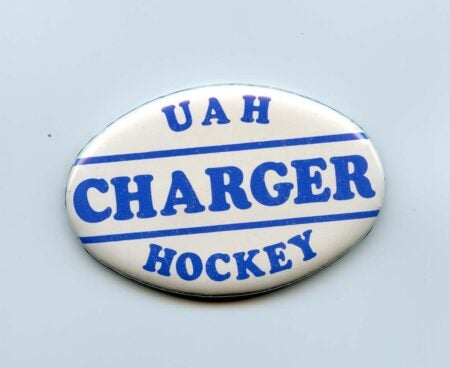Monthly wrap-up: Exploring history, art, and activism through January
This January, we found a wealth of insightful additions on JSTOR, showcasing the power of archives to preserve stories. Here’s a look at the month’s highlights across Reveal Digital, shared collections, and multimedia resources.
Reveal Digital: Student activism and social change

This month, we’re highlighting Reveal Digital‘s Student Activism Collection–a rich resource of over 75,000 pages of primary sources chronicling pivotal moments in U.S. history. From anti-apartheid protests to LGBTQ+ rights campaigns, the collection documents the courageous actions of student activists who helped shape our society.
This collection empowers today’s students and researchers to engage with the legacies of those who fought for justice and equality.
Shared collections: Preserving art, history, and community stories
Montana State University-Bozeman Picture Collection
This collection offers a look into Montana’s local history, featuring photographs of diverse subjects from the state’s past. Highlights include an image of the Fairweather Inn in Virginia City, capturing the historical essence of the region.
Explore the Picture Collection.
Montana State University-Bozeman Trout and Salmonid Artwork Collection
Part of the Bud Lilly Trout and Salmonid Initiative, this collection celebrates the beauty of trout and salmonid species through exquisite illustrations and photographs from books no longer under copyright. It contributes to building the world’s largest research center dedicated to trout and salmonid studies.
University of Alabama in Huntsville History Collection
Preserving UAH’s rich history, this collection showcases memorable moments and unique artifacts, like the UAH Charger Hockey button, highlighting the university’s legacy.
Audio and video: Stories from the past
Sue Williamson on her A Few South Africans series
This series, created in the 1980s, highlights female leaders of the anti-apartheid movement whose images were largely absent from South African media. In this audio shared by Wheaton College, the artist, Sue Williamson, discusses these portraits. transformed art into activism, challenging societal silence and sparking hope for liberation.
South America amateur film (1960s)
This Wellcome Collection film captures stunning views of South American cities and countrysides, offering a glimpse into life during the 1960s.
Structure of Haemoglobin (1980)
Produced by the University of London, this groundbreaking 3D anaglyph film uses early molecular visualization techniques to explore the intricate architecture of haemoglobin.
The Germ Who Came to Dinner (1978)
A whimsical yet educational film by the UK Health Education Council on food safety and hygiene, it reflects how public health awareness has evolved over time.
Tuskegee University Student Demonstration Footage (1968)
This rare archival footage documents student activism in the wake of Martin Luther King Jr.’s assassination at Tuskegee University, showcasing the enduring power of student voices.
January’s additions to JSTOR reflect the power of preserving and sharing knowledge. We look forward to bringing you more inspiring stories in February!
About the author

Maria Papadouris is a Content and Community Engagement Manager at ITHAKA, where she works on bringing the JSTOR community together under the common goal of championing access to knowledge (and having a fun time doing it!). A first-generation Greek American and first-generation college student, Maria studied political science and creative writing, bringing an interdisciplinary approach to issues in the humanities. She is also looking to pursue graduate studies in English literature.


